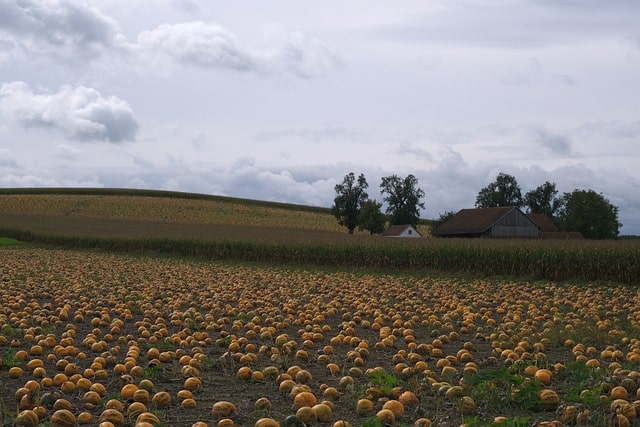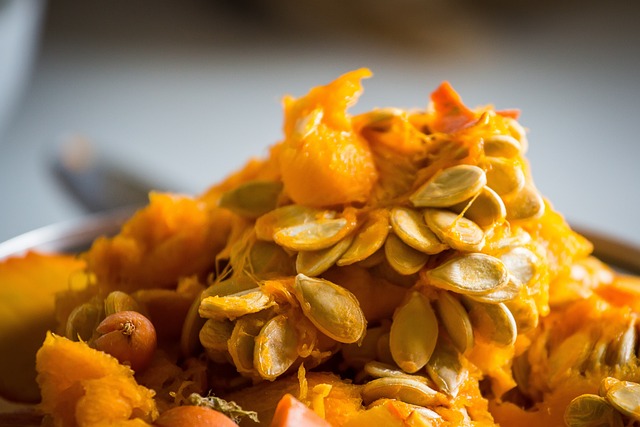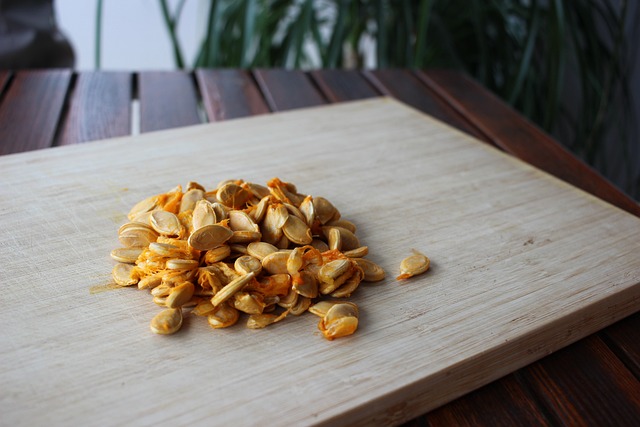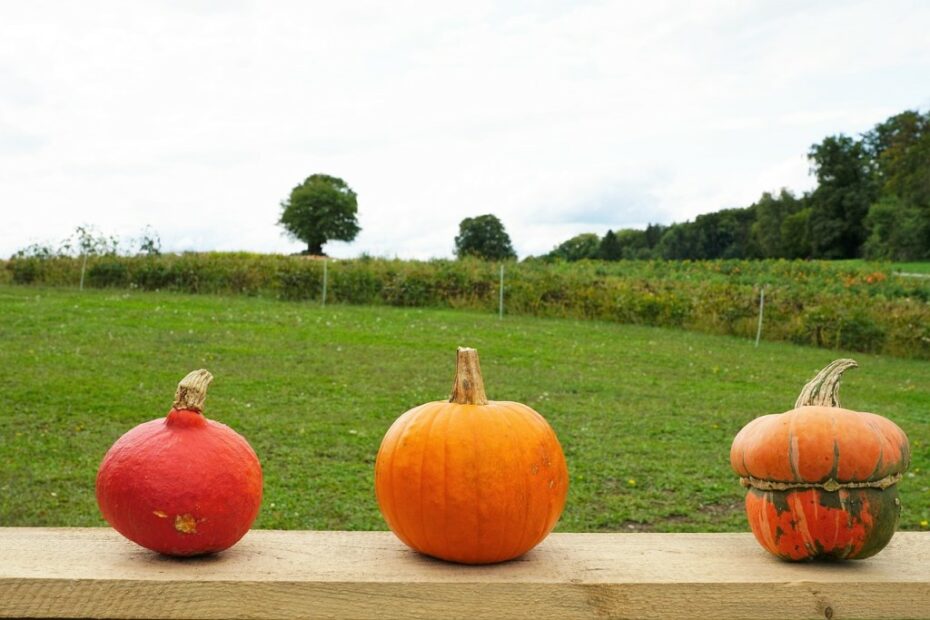Pumpkins are a popular and versatile vegetable that can be used in a variety of dishes. While many people enjoy pumpkins for their delicious taste and nutritional value, they may not be aware of the importance of saving pumpkin seeds for planting. Saving pumpkin seeds allows for the preservation of heirloom varieties, ensures a supply of seeds for future planting, and saves money in the long run.
Brief Overview of the Process
The process of saving pumpkin seeds for planting can be broken down into a few simple steps. First, a suitable pumpkin must be chosen. The seeds must then be harvested and prepared for storage, and the seeds should be stored under the right conditions. Finally, the seeds can be planted and grown into healthy pumpkin plants.
Choosing the Right Pumpkin

Characteristics of a Good Pumpkin for Seed Saving
When selecting a pumpkin for seed saving, there are a few important characteristics to keep in mind. The pumpkin should be healthy, mature, and disease-free. The seeds should be plump, firm, and have a uniform color. Additionally, it is important to choose a pumpkin that is an heirloom variety.
Importance of Choosing an Heirloom Variety
An heirloom variety is a type of plant that has been passed down from generation to generation and has a unique history and story. Choosing an heirloom pumpkin variety for seed saving allows for the preservation of genetic diversity and ensures that these unique plants will continue to be available for future generations to enjoy. Heirloom varieties are also often more disease-resistant and have better flavor than newer, hybrid varieties.
Harvesting Pumpkin Seeds

Steps to Harvest Pumpkin Seeds
To harvest pumpkin seeds for planting, the following steps should be followed:
- Selecting Ripe Pumpkins: Only mature pumpkins should be used for seed saving. Look for pumpkins that have fully turned their color, have a hard rind, and are free of blemishes or soft spots.
- Cutting the Pumpkin: Using a sharp knife, cut the pumpkin in half from stem to bottom.
- Scooping Out the Seeds: Use a spoon to scoop out the seeds and pulp from the pumpkin. Place the seeds and pulp into a bowl.
Preparing Pumpkin Seeds for Storage
After the seeds have been harvested, they must be properly prepared for storage:
- Separating Seeds from Pulp: Separate the seeds from the pulp by hand, removing any remaining bits of pumpkin.
- Cleaning the Seeds: Rinse the seeds in a strainer under running water. Remove any remaining bits of pumpkin or debris.
- Drying the Seeds: Spread the seeds out on a flat surface and allow them to dry for 1-2 weeks. Stir the seeds occasionally to ensure they dry evenly.
Storing Pumpkin Seeds

Choosing the Right Container
When storing pumpkin seeds, it is important to choose the right container. The container should be made of a material that is moisture-resistant and airtight. Glass jars or plastic containers with tight-fitting lids are good options. The container should also be appropriately sized to accommodate the number of seeds being stored.
Conditions for Storage
The conditions for storing pumpkin seeds are also important. The seeds should be stored in a cool, dry, and dark place. The temperature should be between 32-41°F (0-5°C) with a relative humidity of 40-50%.
Labeling and Organizing Seeds
To ensure that the stored pumpkin seeds can be easily identified and used in the future, they should be properly labeled and organized. Label the container with the variety of pumpkin, the date harvested, and any other relevant information. Store the containers in an organized manner, such as in a cardboard box or plastic bin.
Planting Pumpkin Seeds
Timing for Planting
Timing is critical when it comes to planting pumpkin seeds. The right time to plant will depend on the climate and growing season in the region. Pumpkin seeds should be planted in the spring after the danger of frost has passed. In general, pumpkin seeds will germinate in 7-10 days.
Preparing the Soil
Pumpkins grow best in well-draining soil that is rich in organic matter. Before planting, the soil should be prepared by adding compost or well-rotted manure. The soil pH should be around 6.0-7.0. If the soil is too acidic, add lime to increase the pH.
Planting the Seeds
Pumpkin seeds should be planted in hills or mounds. To create a hill, pile soil in a mound about 3-4 feet apart. Place 3-4 seeds in each hill and cover with 1 inch of soil. Water the seeds immediately after planting. When the seedlings are 2-3 inches tall, thin them down to 2 plants per hill.
- Planting Depth: The seeds should be planted about 1 inch deep.
- Spacing: The hills should be spaced about 6-8 feet apart to allow for the sprawling growth of the pumpkin vines.
- Watering and Fertilizing: Water the plants regularly and fertilize with a balanced fertilizer every 2-3 weeks.
Summary of the Key Points
Saving pumpkin seeds for planting is an easy and rewarding process that helps preserve heirloom varieties and ensures a supply of seeds for future planting. Harvesting, preparing, and storing pumpkin seeds requires some basic knowledge and preparation, but the effort is well worth it.
